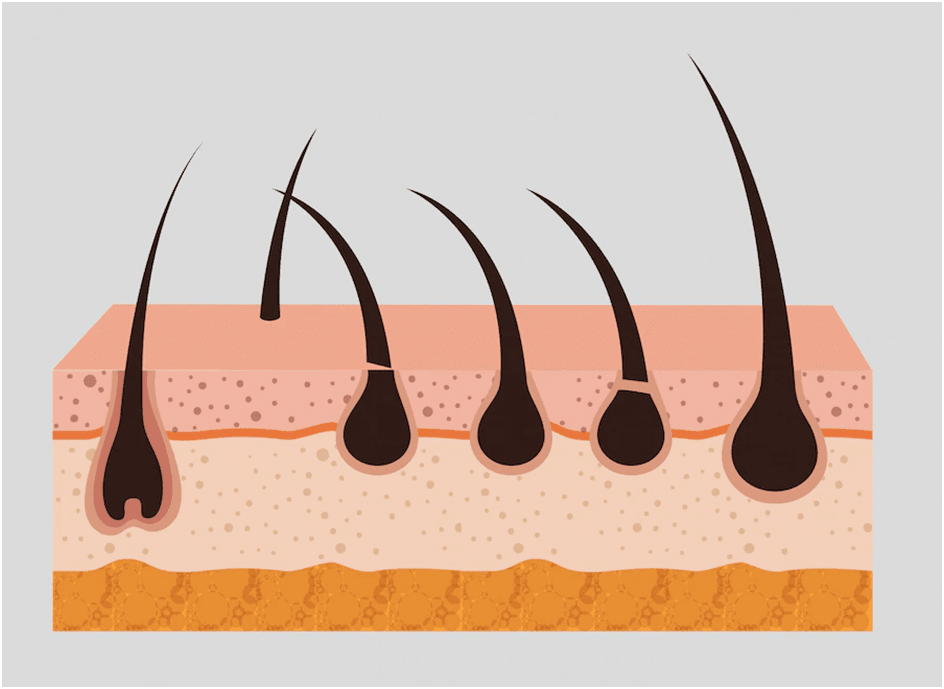Hair toupees, also known as hairpieces or hair systems, have become a popular option for both men and women looking to restore their hairline or add volume and length to their hair.
With so many options available in the market, choosing the right hair toupee can be overwhelming.
In this blog post, we’ll provide a comprehensive guide for men and women on how to choose the right hair toupee in Chandigarh.
Here are some of the how to choose the right hair toupee:
-
Consider the type of hair toupee:
There are different types of hair toupees available in the market, including synthetic hair, human hair, and a blend of both. Synthetic hair toupees are cheaper and easier to maintain, while human hair toupees look more natural and can be styled like real hair. A blend of both can offer the best of both worlds.
-
Choose the right base material:
The base material of a hair toupee is the foundation on which the hair is attached. It’s important to choose the right base material based on your individual needs and lifestyle. Common base materials include polyurethane, lace, and monofilament. Polyurethane is durable and easy to clean, while lace and monofilament are lightweight and breathable.
-
Determine the right size and shape:
Hair toupees come in different sizes and shapes, so it’s important to choose one that fits comfortably and looks natural. Measure your head size to determine the right size, and choose a shape that complements your face shape.
-
Decide on the hairline:
The hairline is the most important part of a hair toupee. It’s important to choose a hairline that looks natural and suits your face shape. Some hair toupees come with pre-made hairlines, while others allow you to customize the hairline based on your preferences.
-
Choose the right color and texture:
When choosing a hair toupee, it’s important to match the color and texture of the hair to your natural hair. This will help the toupee blend in seamlessly with your existing hair and look more natural. If you have trouble finding the right color or texture, consider getting a custom-made hair toupee.
There are several hair toupee suppliers and clinics that offer a wide range of options for both men and women hair toupee in Chandigarh.
These suppliers and salons can help you choose the right hair toupee based on your individual needs and preferences.
They can also provide guidance on how to maintain and care for your hair toupee to ensure that it lasts as long as possible.
Conclusion
Choosing the right hair toupee can be a daunting task, but with the right guidance and knowledge, it can be a simple process.
By considering factors such as the type of hair toupee, base material, size and shape, hairline, color and texture, you can find the perfect hair toupee that suits your needs and looks natural.
If you’re considering a hair toupee in Chandigarh, be sure to visit a reputable supplier or salon that can provide expert guidance and help you make the best decision for your individual needs.








